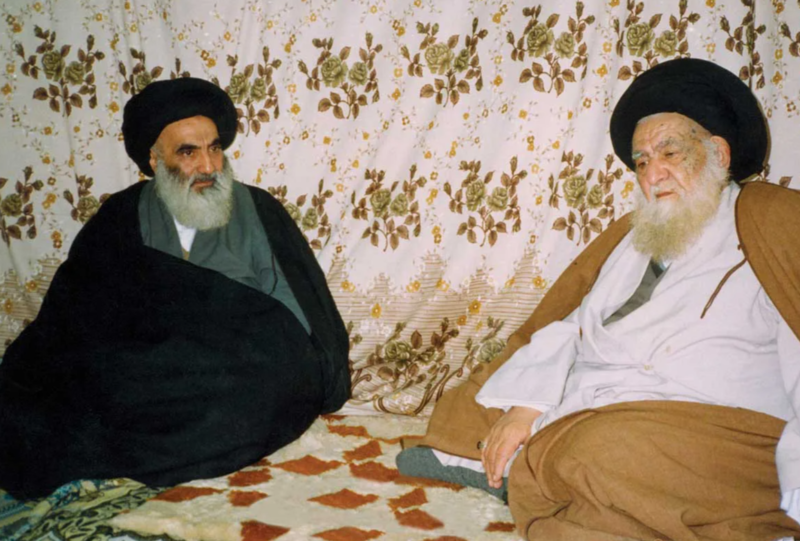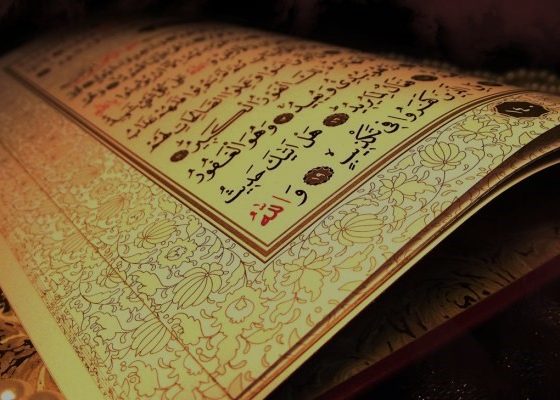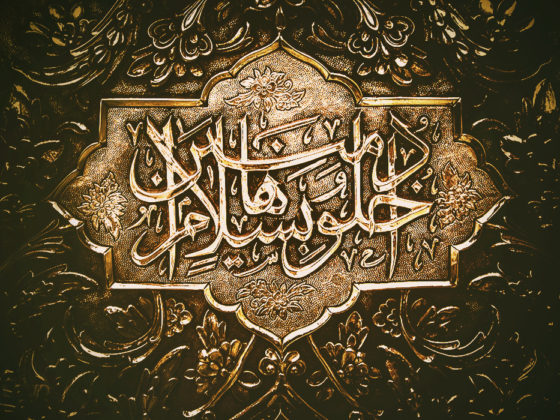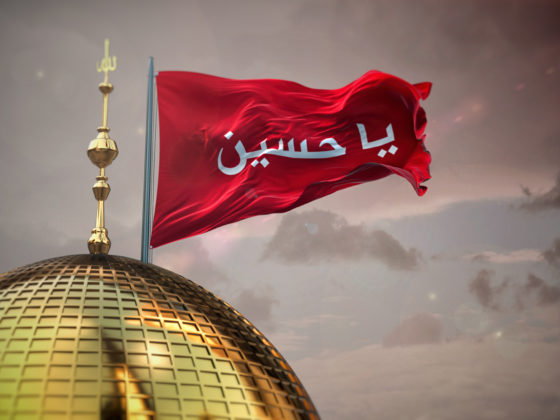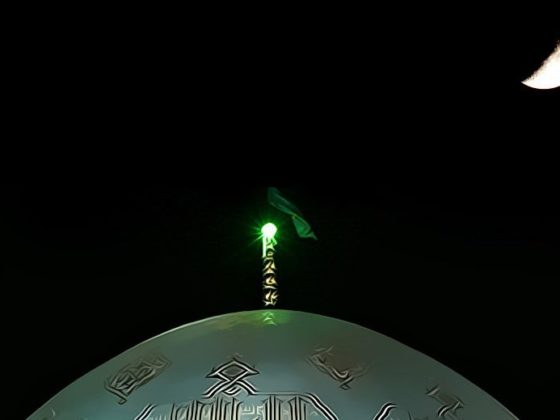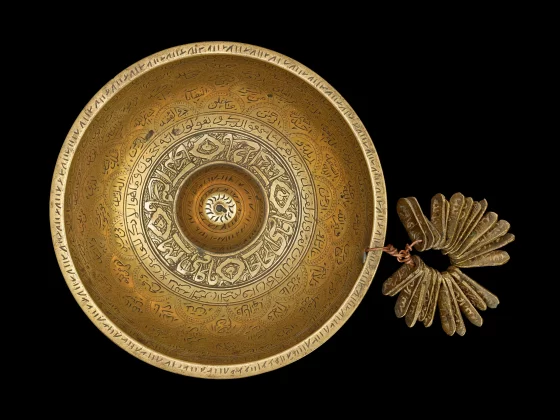Anyone who has visited Shia countries cannot help but notice their unique beauty and spiritual presence. In places where Shias live in close-knit communities, it’s rare to find such a concentration of stunning, refined faces.
This distinctive quality is partly due to the Shia community’s foundation in the sacred lineage of the Prophet (S). Shiites are essentially descendants of the Prophet, and in traditional Shiite societies like Iraq and Iran, this heritage is deeply ingrained in almost every individual. Over centuries, the Prophet’s bloodline has intertwined with that of ordinary people, creating a distinctive character and appearance.
The lineage is traced through the male line. A person with an unbroken line of descent from the Prophet is called a “sayyid,” meaning “master” in Arabic. Among the Prophet’s children, only Fatima (A) survived to adulthood. From her marriage to Ali (A), the Prophet’s cousin, and their two sons, Hasan and Hussein (peace be upon them), all subsequent Shiite descendants trace their roots.
In the Shia tradition, the eleven descendants of the Prophet Muhammad through Fatima and Ali hold a unique and revered position. These Imams, including Hassan, Hussein, and the nine descendants of Hussein up to the hidden Imam Mahdi, are endowed with exceptional significance. While each of these figures had many sons and descendants who did not share their sacred status, they were still held in high esteem as carriers of the Prophet’s lineage. These individuals are known as “Sayyids.” Today, there are millions of Sayyids, almost all of whom are Shiites. In contrast, Sunnis have fewer descendants of the Prophet, and Wahhabis often target them, viewing them as naturally inclined towards Shia Islam.
When the polytheists of Mecca insulted the Prophet, calling him “childless,” Allah made a covenant with him, promising to make his descendants as numerous as the spring of Kawthar. This promise is commemorated in the Quran’s surah “Al-Kawthar,” which reads:
We have given thee abundance
So pray to your Lord and sacrifice [to Him alone]
Indeed, your enemy is the one cut off.
Allah kept his promise, producing a people known as Shias. This chosen community, open to anyone who wishes to join, spiritually and physically connects with the Prophet’s lineage. The sacred blood of Muhammad and the Sayyids unites this diverse people into a cohesive whole, encompassing representatives from various nations.
When Wahhabis and others insult Shiites, they unknowingly target the descendants of the Prophet.
What sets Sayyids apart? First and foremost, they serve as a light, reminding others of the Prophet and his sacred Ahl al-Bayt.
As the hadith states, “Looking at the descendants of Fatima is act of worship.”
Physically, Sayyids are distinguished by unique facial features that allow them to be easily recognized. Their eyes have a special structure and expression that is difficult to describe, while their noses are often straight or aquiline, with a distinct downward tip. These features are believed to mirror those of the Prophet and Ali. The collective appearance of Sayyids, with their shared characteristics and enigmatic aura, offers a glimpse into the physical appearance of the founders of the Islamic Ummah.
The Sayyids are also distinguished by special abilities for thought and learning, thanks to which they have supplied leaders of the Shiite community from its very beginning to this day. Almost all scholars of Shia and most of its active figures in all areas were Sayyids.
In Shia society, the distinguishing feature of a Sayyid is a black turban for a religious scholar (everyone else wears a white one) or a green scarf, which is thrown over the shoulders or head, for an ordinary person.
Throughout history, the fate of the Sayyids has been an expression of the tragedy of the Imams of the lineage of the Prophet (S). Like the Shiites in general, they were constantly subjected to terrible persecution at the hands of all sorts of tyrants who seized power over the Islamic community from the moment of the death of its founder. Seeing the carriers of the blood of the Prophet (S), and therefore – naturally – the ideology of Shia Islam, as their main competitors, the wicked rulers tried in every way to exterminate them, burning or burying them alive, crucifying, walling them up in walls, flaying their skin, etc. The wide distribution of Sayyids throughout the Islamic world was due to the fact that they were forced to constantly flee persecution and the threat of death, moving from place to place.
One of the links in this chain was the reign of Harun al-Rashid, a famous harem hero and carouser. He declared war on the Sayyids, seeking to annihilate the prophetic lineage. The atrocities he ordered were unspeakable. One of his executioners, Abdullah Bazaz, recounted:
“One night, Harun summoned me and said, ‘Take a sword, follow this slave, and obey any order he gives.’ The slave led me to a house, locked the doors, and took me down to the basement. Three rooms and a well awaited us. In the first, I saw twenty Sayyids chained to the walls, from old men to children. I approached each, cutting off their heads with my sword, then the slave threw their bodies into the well. The same happened in the second and third rooms. The last Sayyid said, ‘May Allah punish you! On the Day of Judgement, you will face my ancestor, the Messenger of Allah.’ Fear gripped me, and I hesitated to kill him. But the slave threatened my life if I refused. I cut off his head.”
(Uyunu Akhbar, p. 109)
Salahuddin Ayubi, another so-called hero of the Islamic Ummah, and later the Ottoman Turks committed similar atrocities against the Sayyids. Even recent dictators, like Saddam Hussein, have targeted them.
Every Sayyid must possess a shajara, a family tree tracing their lineage back to the Prophet Muhammad. Without such a document, they cannot claim the title. A special category of Sayyids are pure descendants — those with no non-Sayyid ancestors in their family tree, on both sides. These individuals carry the unmixed blood of the prophetic lineage and often resemble their illustrious forebear.
Descendants of the Prophet through their mothers are called “mirza.” They cannot wear a black turban or green scarf but are still held in high regard.
